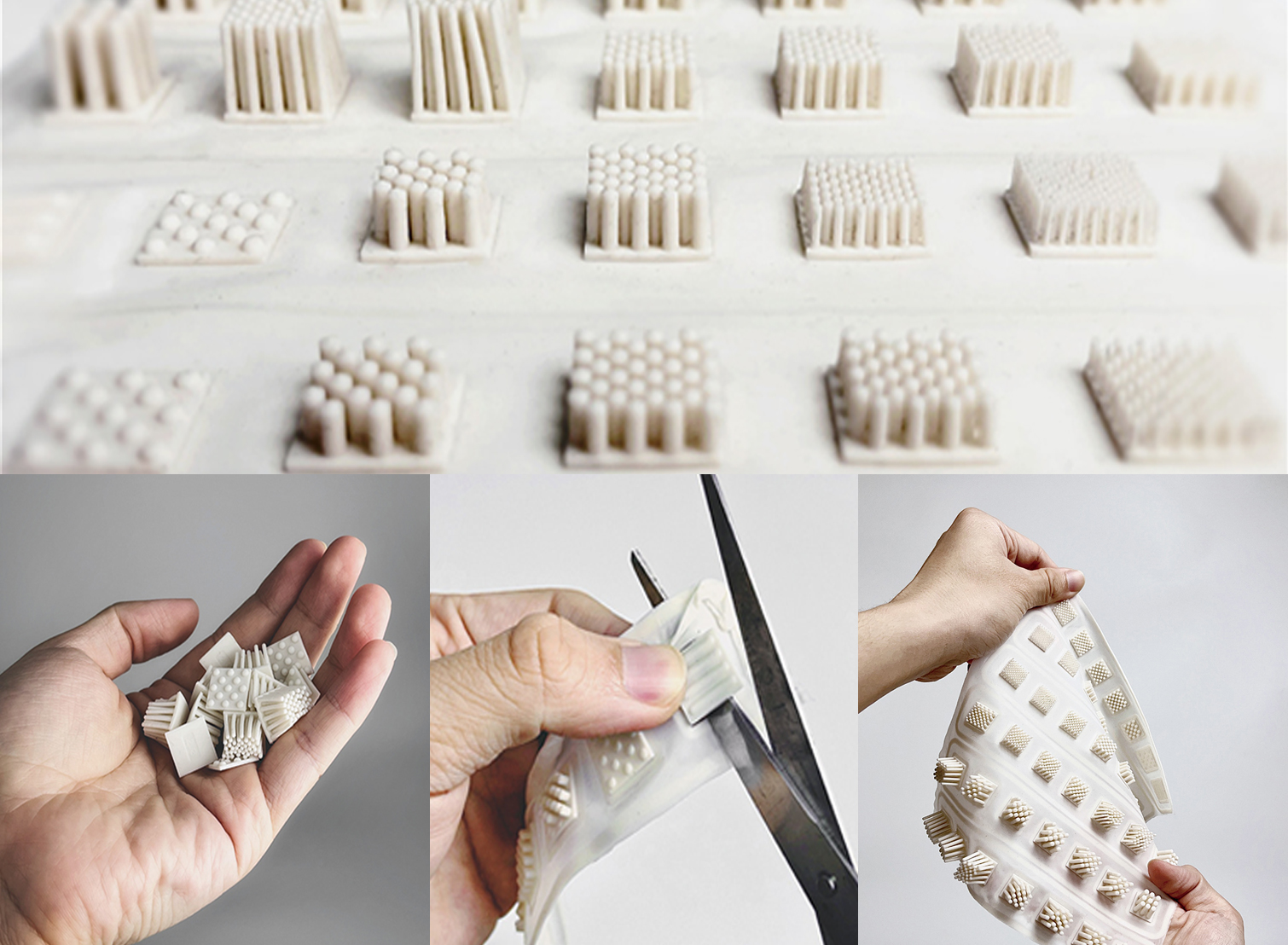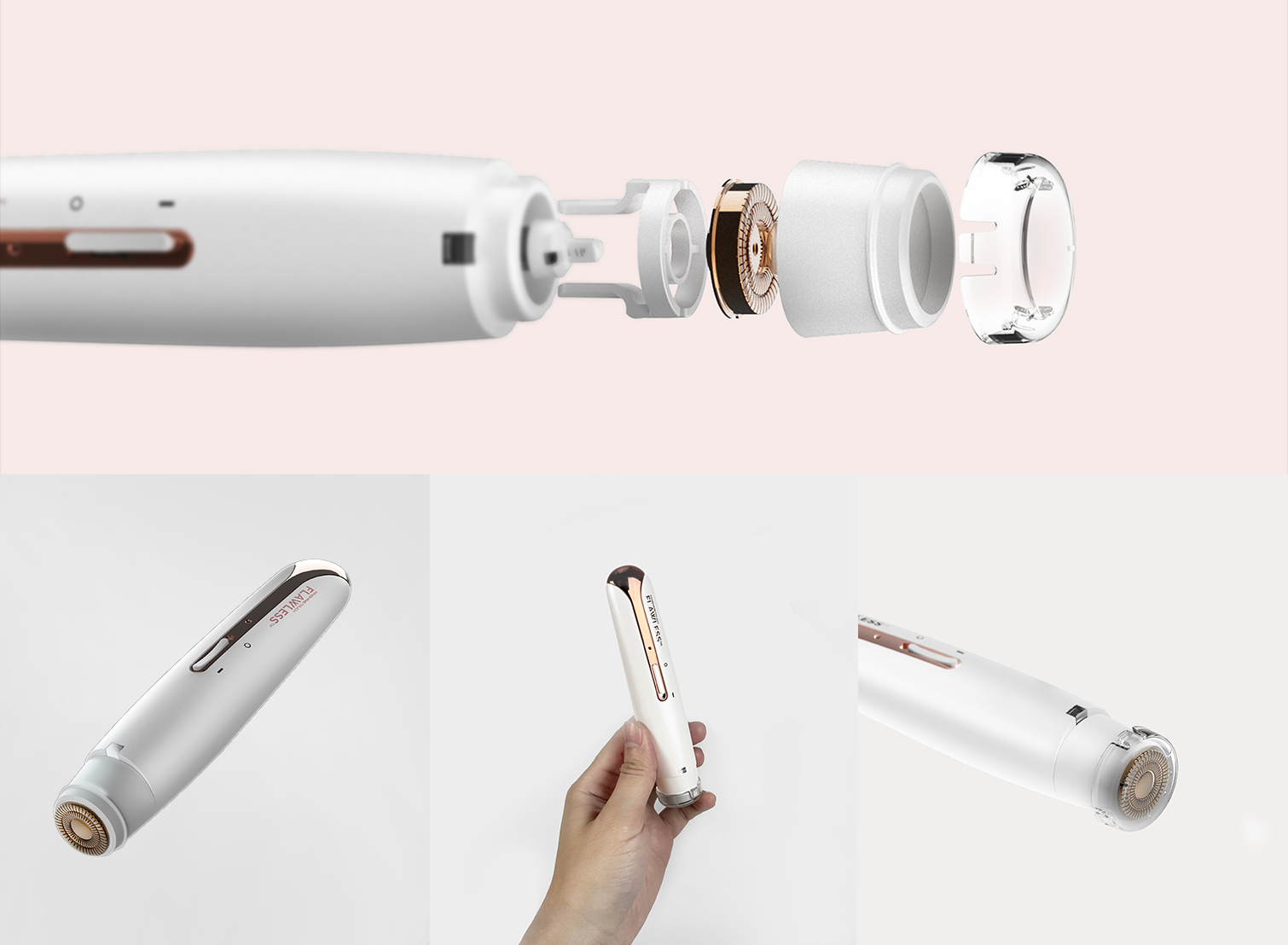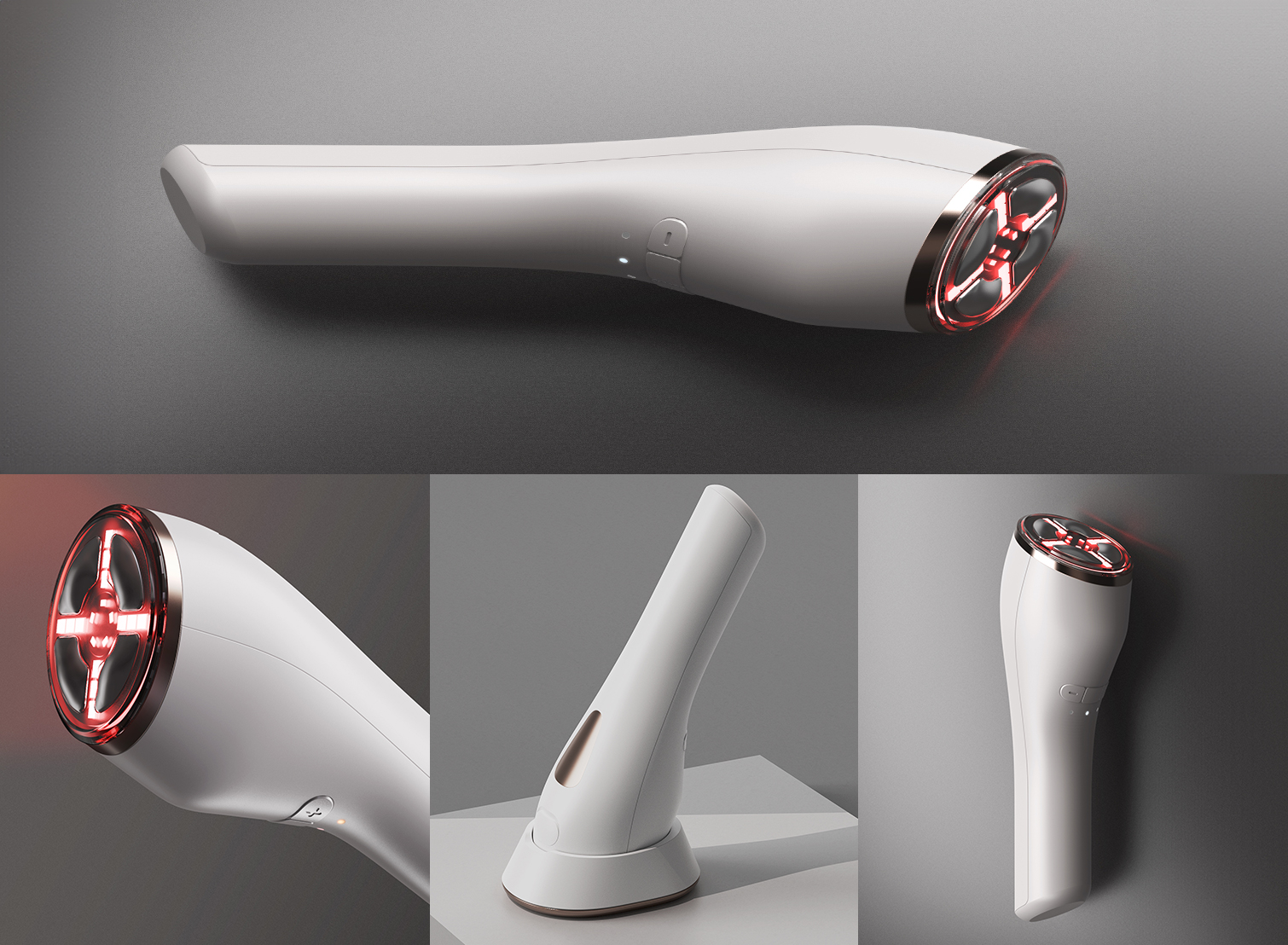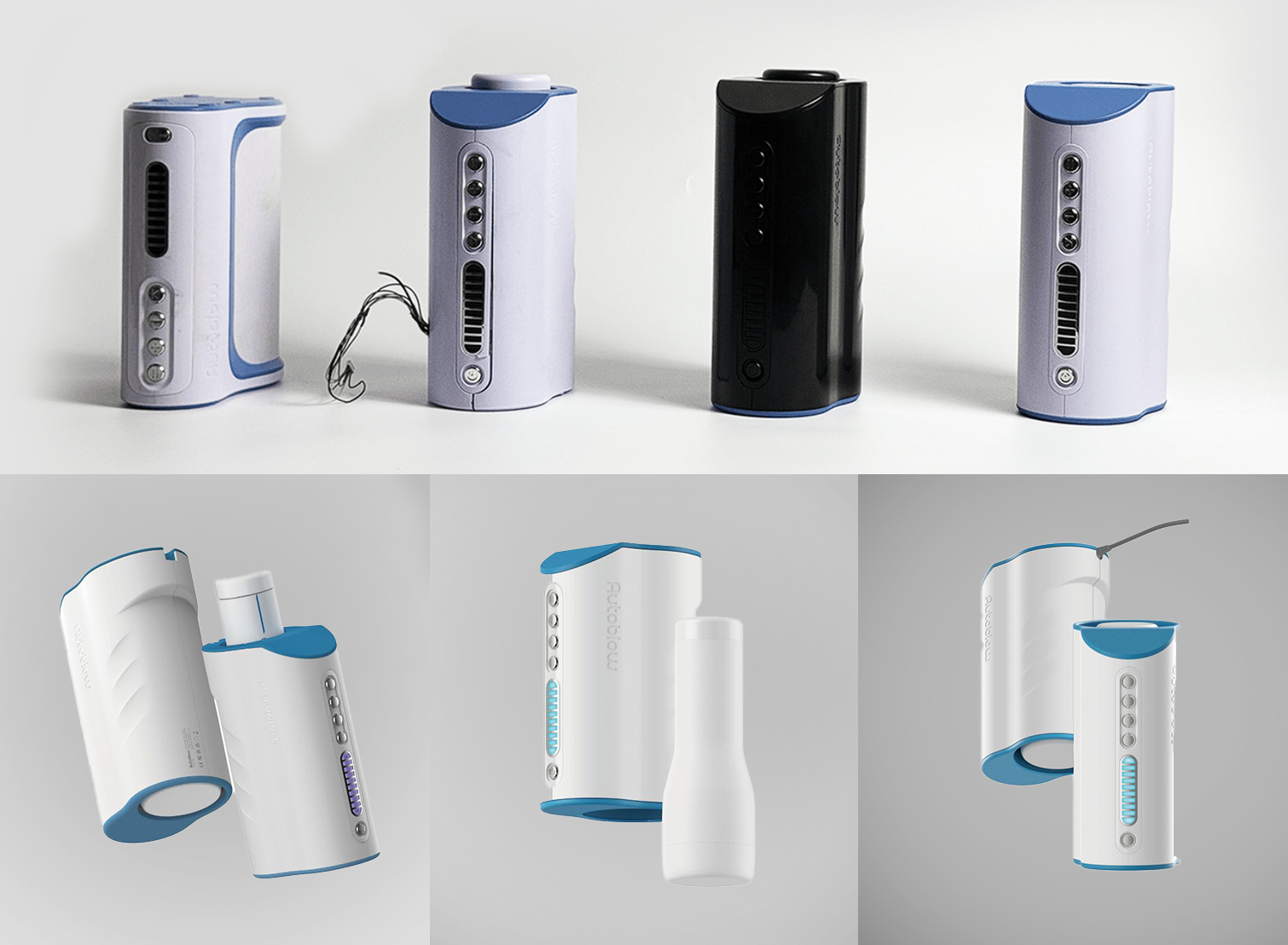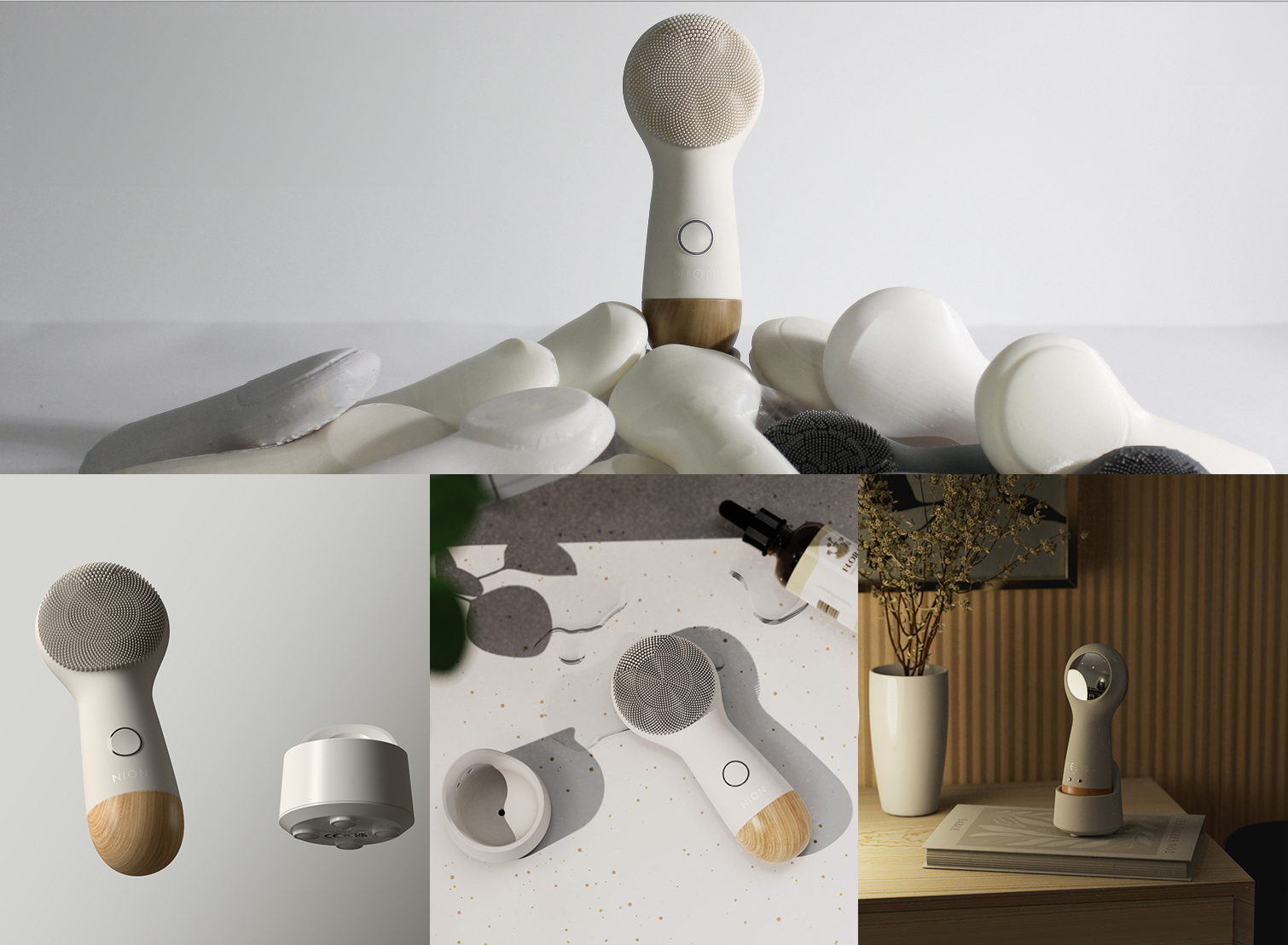Collaboration is the secret sauce that turns good ideas into great products. Joint Development Manufacturing (JDM) Services are partnerships where companies team up to design and produce products. In this blog, you’ll learn about JDM services, how they work, and why they could help bring your next significant concept to life.
What Are Joint Development Manufacturing Services?
JDM services involve partnerships where designers and manufacturers work together to create and produce products. To define JDM, it’s a collaborative approach that merges the strengths of both parties in the design and manufacturing stages. This means that instead of working in isolation, companies join forces to innovate and streamline the development process.
So, what does JDM stand for? It stands for a method where teamwork and collaboration are key to bringing innovative products to market.
Designers and manufacturers ensure they complete each step of JDM models effectively and efficiently. This process includes everything from the initial idea to the final product. Designers and manufacturers use their skills to ensure quality throughout the entire process.
The goal of JDM models is to streamline production and ensure high-quality results. This method speeds up development and improves the quality and readiness of products for the market.
Detailed Definition of JDM Services
JDM is when companies work together to use their design and manufacturing strengths to make products. Unlike traditional models, JDM manufacturing emphasizes joint efforts in the design and development stages.
Differences Between JDM, ODM, and OEM
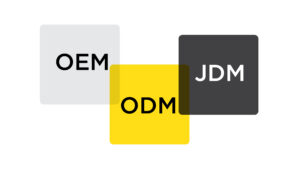
Understanding the differences between JDM, OEM, and ODM models is key to choosing the right approach for product development.
An Original Design Manufacturer (ODM) focuses on designing products that others can brand and sell. In this model, the ODM handles the entire design and development process, creating finished products ready for market.
Companies then use private labeling or white labeling to sell these products under their brand names. Many industries, such as electronics and automotive, use this method.
OEM engineering and manufacturing, on the other hand, involves producing products designed by another company (JDM designs). In this case, OEM manufacturers follow specific design blueprints provided by their clients to create the final product. Many industries widely use this method for precise specifications and high-quality manufacturing processes.
OEM & ODM are often mentioned together, but while an OEM model relies on external designs, an ODM product is fully developed in-house. So, in the OEM versus ODM comparison, JDM stands out by integrating both design and manufacturing processes. JDM services combine the strengths of designers and manufacturers, ensuring a seamless transition from concept to market-ready product. This collaboration includes extensive research and development, iterative design and development stages, and rigorous testing to produce high-quality, innovative products.
JDM models may use contract manufacturers to make sure products meet standards and market demands. Manufacturers work closely with companies. Working together helps create and manage products, leading to better strategies for bringing them to market efficiently and effectively.
Key Industries Where JDM Is Prevalent
JDM solutions are popular in various sectors. High-tech industries, like electronics and automotive, often use JDM models for product development.
JDM manufacturers supervise the entire development process. They ensure that it meets market demands. This includes research, development, and manufacturing.
The Process of Joint Development Manufacturing
1) Initial Concept and Design
In Joint Development Manufacturing (JDM), ideas are developed collaboratively between clients and manufacturers. This partnership begins with brainstorming sessions where both parties share their expertise and insights. The designers and manufacturers work closely to outline the initial concept, focusing on innovative solutions that meet market demands.
Market research and studies play a crucial role in this phase. The team looks at market trends, consumer needs, and competitors to make sure the design will work well in the market. Industry studies assess the technical and financial aspects of the project, helping to refine the concept before moving forward.
2) Prototyping and Testing
Once the initial concept is solidified, the next step is creating prototypes. Prototyping involves several steps, including designing detailed blueprints, selecting appropriate materials, and constructing the first models of the product. These prototypes serve as tangible representations of the concept, allowing for hands-on evaluation and refinement.
Testing is an integral part of the prototyping phase. The prototypes undergo rigorous testing for functionality, durability, and market fit. This includes stress tests, usability assessments, and feedback sessions with potential users. The aim is to find and fix problems early in development to make sure the final product is of good quality and performs well.
3) Manufacturing and Production
After successful prototyping and testing, the project transitions from prototype to full-scale production. This phase involves setting up the manufacturing processes required to produce the product in large quantities. The designers and manufacturers collaborate to ensure that they optimize the production line for efficiency and quality.
Quality control measures and compliance standards are critical during manufacturing. Continuous monitoring and inspection ensure that each unit meets the specified requirements and industry standards. We also verify compliance with safety regulations and certifications, guaranteeing that the final product is ready for market release.
Benefits of Joint Development Manufacturing Services
Cost Efficiency
One of the primary benefits of JDM services is cost efficiency. By sharing resources, such as facilities, equipment, and personnel, companies can significantly reduce overhead costs. This collaborative approach allows both parties to pool their resources, resulting in lower production costs and more affordable products. Additionally, the shared investment in research and development minimizes financial risks.
Access to Expertise
JDM services provide companies with access to a wealth of technical expertise and experience. Manufacturers often have specialized knowledge and skills that can enhance the product development process. By leveraging the supplier’s technical expertise, companies can overcome design and production challenges more effectively. This teamwork makes sure the end product is better because it uses the skills and know-how of both designers and manufacturers.
Speed to Market
Speed to market is another significant advantage of JDM services. The streamlined processes and close collaboration between designers and manufacturers accelerate development timelines. By working together from the outset, we can identify and resolve potential issues quickly, reducing delays. This quick development process helps companies release products faster, stay ahead of competitors, and meet market needs promptly.
Risk Mitigation
Risk mitigation is a crucial benefit of JDM services. By sharing the responsibilities and risks associated with product development, both parties can better manage potential challenges. This shared approach reduces the burden on a single entity and distributes the risks more evenly. JDM involves teamwork, feedback, and adjustments to identify and address risks during development.
Challenges and Considerations
Communication and Coordination
Clear and consistent communication is crucial in JDM to avoid misunderstandings and delays. Regular meetings, detailed project plans, and collaborative tools help maintain transparency and streamline coordination.
Intellectual Property (IP) Management
Protecting IP during joint development requires comprehensive agreements that define ownership, usage rights, and confidentiality. This ensures both parties respect and adhere to these terms, safeguarding proprietary information.
Quality Control
Maintaining consistent quality across development and production phases is essential. Implementing regular inspections, standardized testing, and adhering to industry standards ensures the final product meets expectations and regulations.
Cultural and Operational Differences
Collaborating with companies from different regions, like the United States, involves navigating cultural and operational differences. Understanding and respecting these differences is key to fostering effective partnerships and smooth collaboration.
JDM Case Studies
Successful JDM Examples
- Apple and Foxconn
One of the most notable examples of successful Joint Development Manufacturing is the partnership between Apple and Foxconn. Apple collaborates with Foxconn for the manufacturing of its flagship products, including the iPhone.
Process and Outcomes:
- Apple provides the design and specifications for its products, while Foxconn handles the manufacturing processes.
- The collaboration requires careful coordination and strict quality control to maintain Apple’s high standards.
- This partnership has helped Apple release new products and updates quickly every year.
Lessons Learned:
- Clear Communication: Regular communication and clear guidelines are essential to ensure the alignment of both design and manufacturing processes.
- Quality Control: Implementing rigorous quality control measures is crucial to maintaining the brand’s reputation and ensuring customer satisfaction.
Conclusion
Joint Development Manufacturing (JDM) services offer significant benefits, including cost efficiency, access to expertise, speed to market, and risk mitigation. However, they also present challenges such as ensuring clear communication, protecting intellectual property, maintaining quality control, and navigating cultural differences.
Despite these challenges, the collaborative nature of JDM can lead to innovative and high-quality products. Consider JDM for your next product development project to leverage these advantages. If you’re interested in learning more or need a consultation, reach out to us today!


